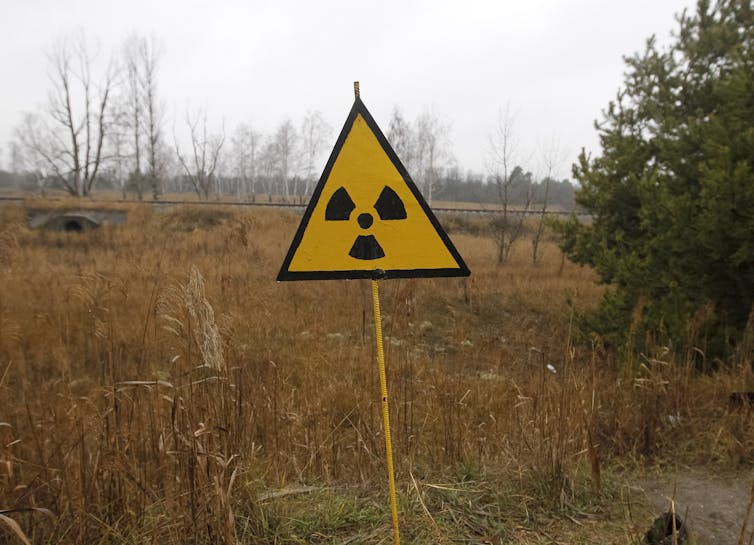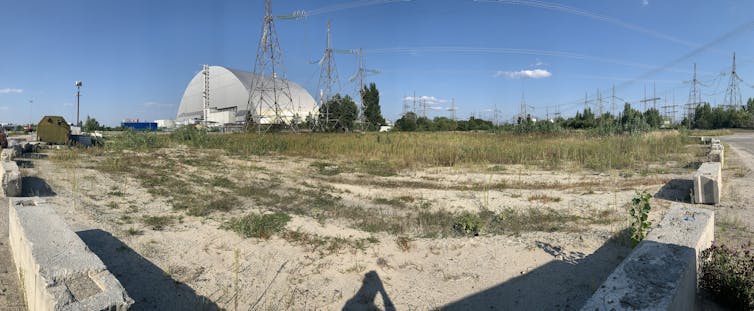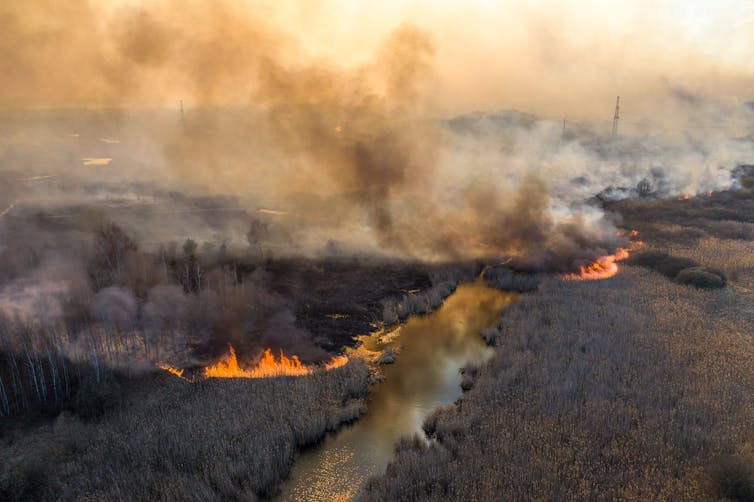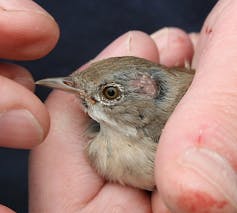
Experts in autocracies have pointed out that it is, unfortunately, easy to slip into normalizing the tyrant, hence it is important to hang on to outrage. These incidents which seem to call for the efforts of the Greek Furies (Erinyes) to come and deal with them will, I hope, help with that. As a reminder, though no one really knows how many there were supposed to be, the three names we have are Alecto, Megaera, and Tisiphone. These roughly translate as “unceasing,” “grudging,” and “vengeful destruction.”
I had some other ideas for this column but then i came upon this and it just dropped my jaw. The sponsor of this (“N. M.”) says, “I just received 16 brief essays by 15-17-year-old lyceum students from Kyiv and its suburbs on what they plan to do after the war ends. They’re written in English, and the teacher says she only made a few minor corrections.” I’ll let them speak for themselves. (just in case you haven’t already guessed – hanky alery.)
==============================================================
Ukrainian teens’ voices from the middle of war: ‘You begin to appreciate what was common and boring for you’
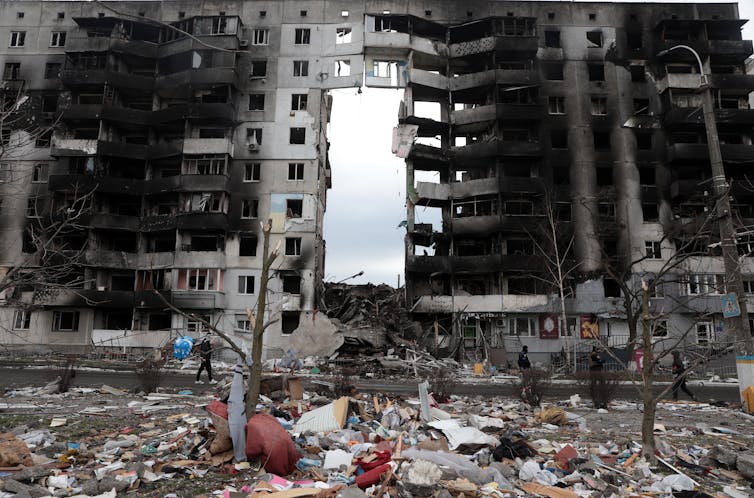
Hennadii Minchenko/Ukrinform/NurPhoto via Getty Images
Alexander Motyl, Rutgers University – Newark
A colleague from Kyiv, Ukraine, whom I’ll call N.M., sent me brief essays her students wrote on what they would do when the war ends. As both a scholar and a novelist, I knew that these voices, which expressed a beautifully straightforward and pure yearning for the simplest things that are lost in war, needed to be heard by the world.
The essays were written in English, and N.M., who has a master’s degree in English language and literature, told me she made only “2-3 corrections.” The students attend the 10th and 11th grades at a Kyiv school, are 15 to 17 years old, and hail from the capital city and its suburbs. The essays were written between March 14 and March 18, 2022.
Several themes run through most of the essays. The teens yearn for peace and want to do ordinary things, such as meet family and friends, take walks, enjoy the city. Daily routines have become extraordinary after several weeks of war. All intend to stay in Ukraine. Despair is absent. The students expect the war to end with a Ukrainian victory, and they’re decidedly proud to be Ukrainian.
Their optimism is all the more remarkable in light of the essays’ having been written in mid-March, when anything like victory seemed remote. Many of the students have also learned an important existential lesson: Life can be cut short at any time, and it’s imperative to live it to the hilt.

Mykola Miakshykov/Future Publishing via Getty Images
Diana captures the overall mood well:
“Literally 2 weeks ago, everyone lived their quiet daily lives, but one night these lives changed forever. Russia attacked our cities and forced some people to leave their homes forever or stay in a dangerous place and live in a fear. But the horror cannot be eternal, the end will come, and it will be significant for our country. After our victory I will definitely meet all my friends and family members, I will say how much I love them. Also I will appreciate every moment spent with family and people of my heart. Also I will definitely help my country to recover what it lost, I will volunteer and after graduating from school, I will enter that faculty which will be useful for Ukraine. Now we can just hope and pray for the best.”
Like Diana, Masha yearns for the ordinary:
“Today the situation in our country is very difficult, and we understand that we did not appreciate our everyday life, our meetings with friends, and even a simple walk. … After all these circumstances, your views on life have changed, you begin to appreciate what was common and boring for you. After the war, we will all be completely different people!”
Dasha’s expectations are equally quotidian:
“When I come back home the first thing that I would do is play the piano. I will play as long as I can. After this, I will water my plants.”
Nastya, meanwhile, says,
“I’ll do everything I didn’t have time to do before the war. For example, I’ll go to the dentist, because it was that Thursday that I had an appointment with him for the evening. But most of all I want to come home to my peaceful and strong Ukraine.”
Anya’s discovered the depth of her patriotism:
“Every morning I get up and thank you God I’m alive. … When I heard explosions, I thought it can be my last minute. I will spend more time with my family and friends. And I will LOVE MY UKRAINE MORE THAN EVER.”
So has Sofia:
“We are strong, I am proud to be Ukrainian.”
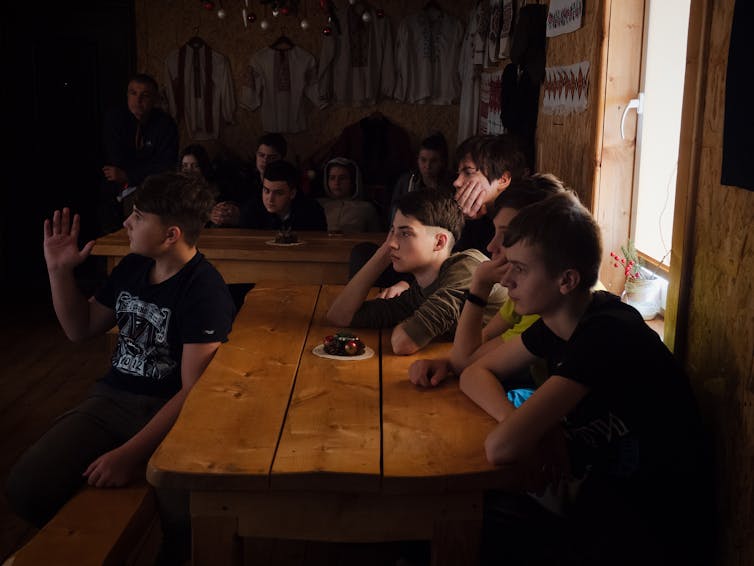
Gaelle Girbes/Getty Images
Vlad is also feeling patriotic:
“When this war is over I will be thanking our Heroes, absolutely fearless defenders, who have been protecting our country this time. I’m totally proud of them. Their behavior inspires all the world and this is wonderful. … Anyway, we’re winning this bloodshed and building new country with freedom for our descendants. … I hope, our culture will be the best in the world and people will start respect it.”
Hlib’s optimism is both religious and political:
“I think that the war will be over when God says, because everything depends on him. Also when the President of Russia is removed or when all the supplies run out and all the soldiers retreat. When the Russian economy will be completely destroyed and the revolution will begin. When everyone will stop being afraid of the President of Russia and will oppose him. But the war will surely be over soon. Because good always wins.”
Anzhelika’s expectations concern politics – and food:
“I pray very much for Kyiv, because this is an incredible city that I dream of returning to! And after the war, of course, everyone will get drunk, so maybe I’ll drink a couple of drops for victory. And I dream of eating sushi, this is my favorite dish, so I’ll eat them all week. And of course I still want to go to university in Ukraine and live in Ukraine with my friends and relatives. And I believe that after the victory, not Ukraine will ask to join NATO, but NATO to [join] Ukraine, because our people have incredible strength! Glory to Ukraine!”
Alina picks up on the theme of Ukraine’s strength:
“These three weeks of a continuous horror changed all of us. Some people were left homeless, some people were left without relatives and a huge amount of Ukrainians lost their lives for peace. But there is at least one principal thing, which is common for all of us: Our nation became stronger. We became stronger. … Everything will be tranquil again. Everything will be Ukraine.”
[Over 150,000 readers rely on The Conversation’s newsletters to understand the world. Sign up today.]
A second Alina looks at the war’s cost – and how Ukraine will move forward in its aftermath:
“Sooner or later the war will stop. These events will leave an imprint in every Ukrainian. … Maybe we will bury many thousands of people, but they all did not fall in vain. We will remember everyone. Then we will renovate our houses, malls, museums. … Ukrainian will build their future in a progressive country. We will all develop and other countries will respect us. No one will ask anymore ‘Ukraine? Where is it? Is it in Russia?’ Our country will join NATO and European Union. In the end no one will attack us again.”
Alexander Motyl, Professor of Political Science, Rutgers University – Newark
This article is republished from The Conversation under a Creative Commons license. Read the original article.
==============================================================
Alecto, Megaera, and Tisiphone, if you can come up with a way for the people who most need to see and hear this to get exposed to it, you might save the world. Of course that is a continuing problem – and, in the U.S., getting worse instead of better. To what degree does freedom of speech include the freedom to be silent?
The Furies and I will be back.


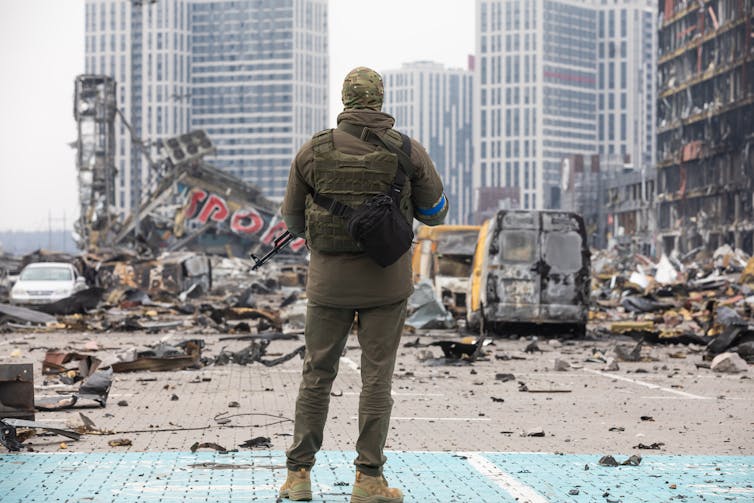
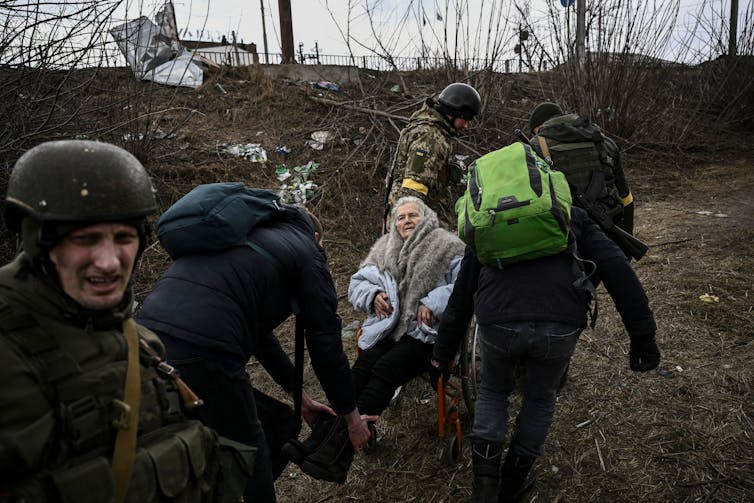
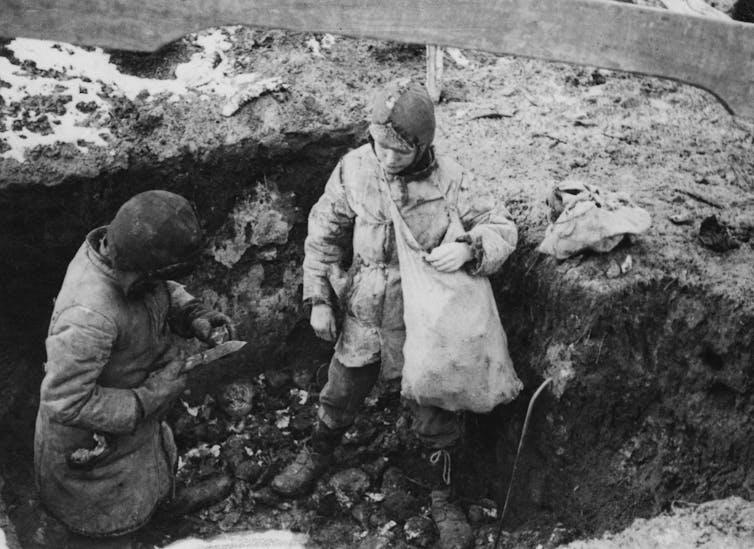



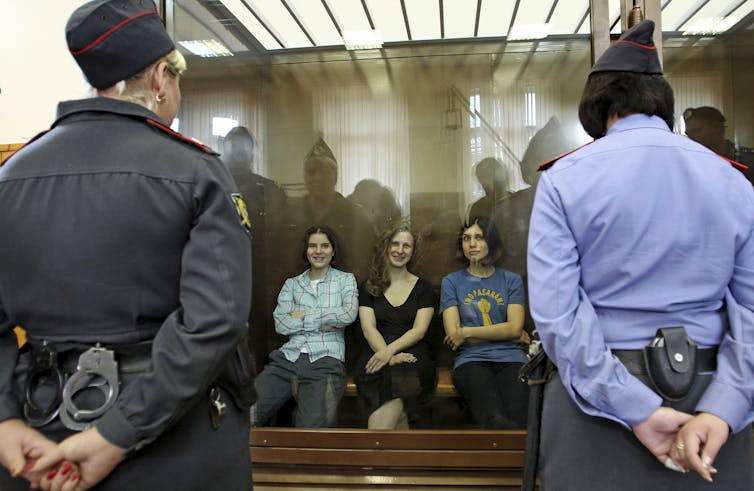

 The Furies and I will be back)
The Furies and I will be back)